The quail first alerted me, as they often do.
I see California quail every time I walk or jog along the greenbelt near my Boise, Idaho home. When those flocks start calling excitedly and flushing, I know there’s something interesting afoot. When a predator is near, those quail are loud.
It might be a coyote or Cooper’s hawk, a weasel or red fox.
On this particular day, I stopped and gazed into the brush along the trail. My eye first picked up spots: a cat. I noticed that it was much larger than a house cat, and had distinctive tufts on its ears. A bobcat.
It was the first one I had seen in Boise, but I wasn’t surprised. Neighbors had spotted them regularly, even in backyards. Photographers had captured images of bobcats strolling down paths. Some area residents worried they might attack pets or children.
Without a doubt, bobcats had become more numerous in the Boise city limits in recent years. And my town isn’t alone. Bobcats are common sightings in Dallas and Denver, in Iowa cornfields and at New England bird feeders.
A few decades ago, a bobcat sighting in most parts of North America was a rarity. Today, if you live in the United States, there’s a decent chance there’s a bobcat roaming near you. What’s going on? And how to we best live alongside bobcats?
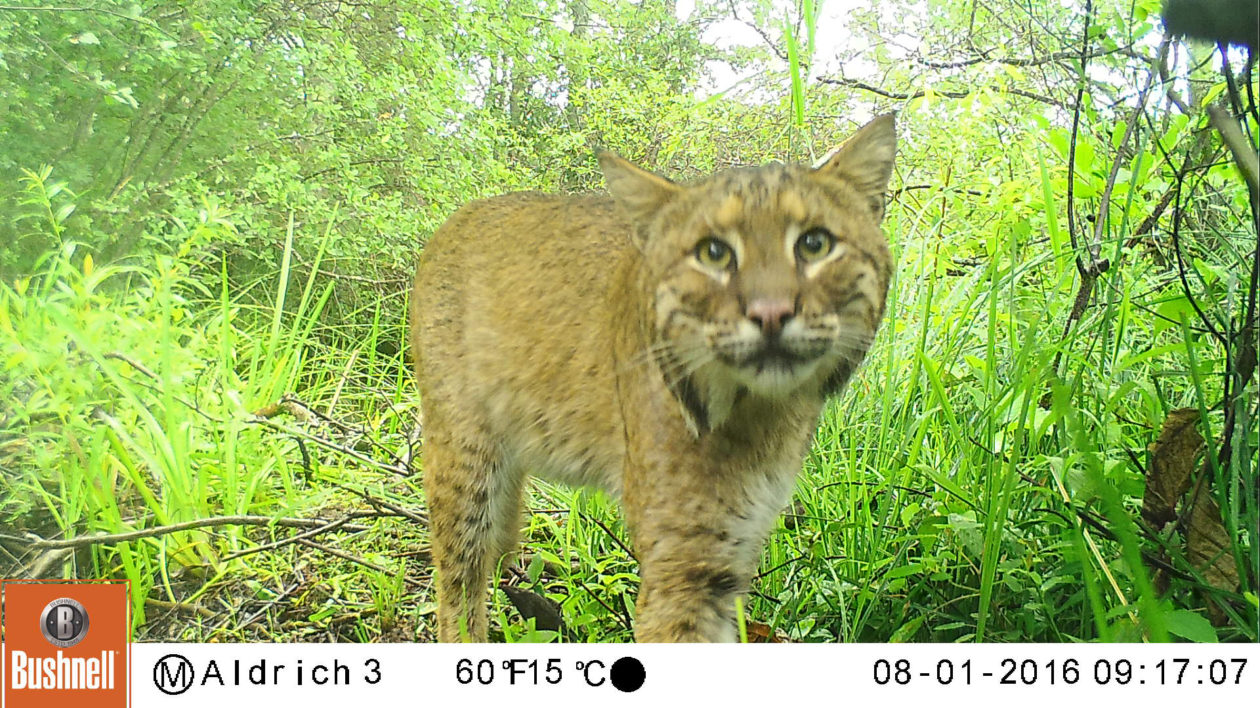
A Conservation Success
Bobcats are the most widespread wild cat in North America, found in 47 U.S. states and parts of Canada and Mexico. But as recently as 1970 they were treated by many wildlife agencies as a harmful predator species, to be killed on sight. In fact, bobcats lacked any legal protection in 40 U.S. states; they could be shot and trapped at any time of year, without limit.
With populations declining across their range, the lack of regulation slowly began to change, with most states either protecting bobcats or establishing strict hunting seasons and limits.
This is one of those instances where conservation proved uncomplicated: protect bobcats from unregulated hunting, and their populations will rebound. A 2010 survey by the U.S. Fish and Wildlife Service determined that bobcat populations had tripled since the 1980s.
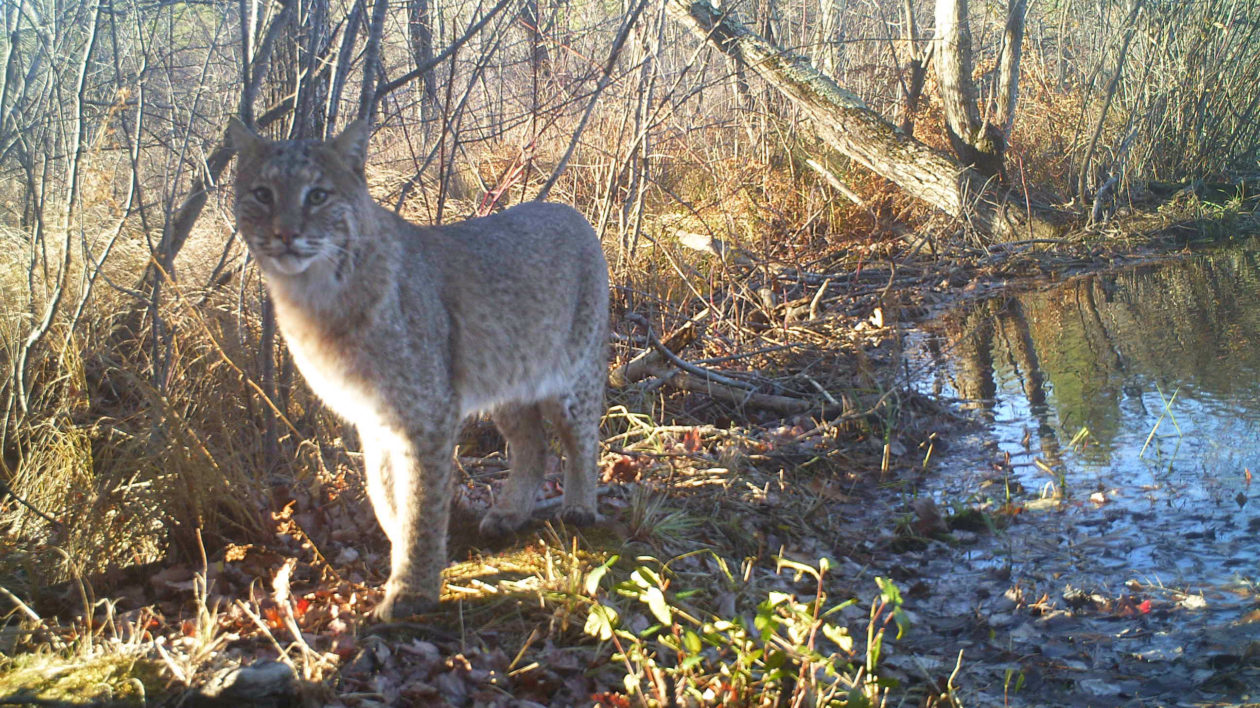
As a kid, I learned that bobcats were a wilderness species. In reality, bobcats were only found in the wilderness because it was their last refuge from persecution. As bobcat populations soared, the cats moved into farmland, suburbs and even urban parks. Bobcats are predators, but they thrive on a diet of mice, rats, birds, squirrels, rabbits and other small quarry – all of which abound in suburban areas.
This has generated predictable alarm and even hysteria among those fearful about a new predator in the neighborhood. A widely circulating Associated Press story proclaimed bobcats were “poised as next urban pest.”
There’s no evidence to support this. Bobcats are shy and reclusive animals, and they remain that way even in urban areas.
Adapting to Life in the City
Some animals seemingly become quite bold when they move in close proximity to humans: take raccoons, normally shy forest animals that will happily raid garbage cans and even enter houses through cat doors.
That doesn’t appear to be the case with bobcats. They will live in cities, but they still keep their distance from people. A study conducted in Dallas found that bobcats, even in urban areas, avoided areas that were more than 20 percent developed. So, while they were found in city limits, they primarily lived in and moved among open areas like undeveloped woodlands, parks and golf courses.
One study found that urban bobcats became even more nocturnal, shifting their activity to hours when humans were least active. In the Santa Monica Mountains, the National Park Service found that highways limited bobcat movements, essentially isolating populations.
On the surface, bobcats really are not suited for life in the city. They thrive thanks to the network of green space that is found in urban areas. For lucky wildlife viewers, they offer a glimpse of wildness in our midst.
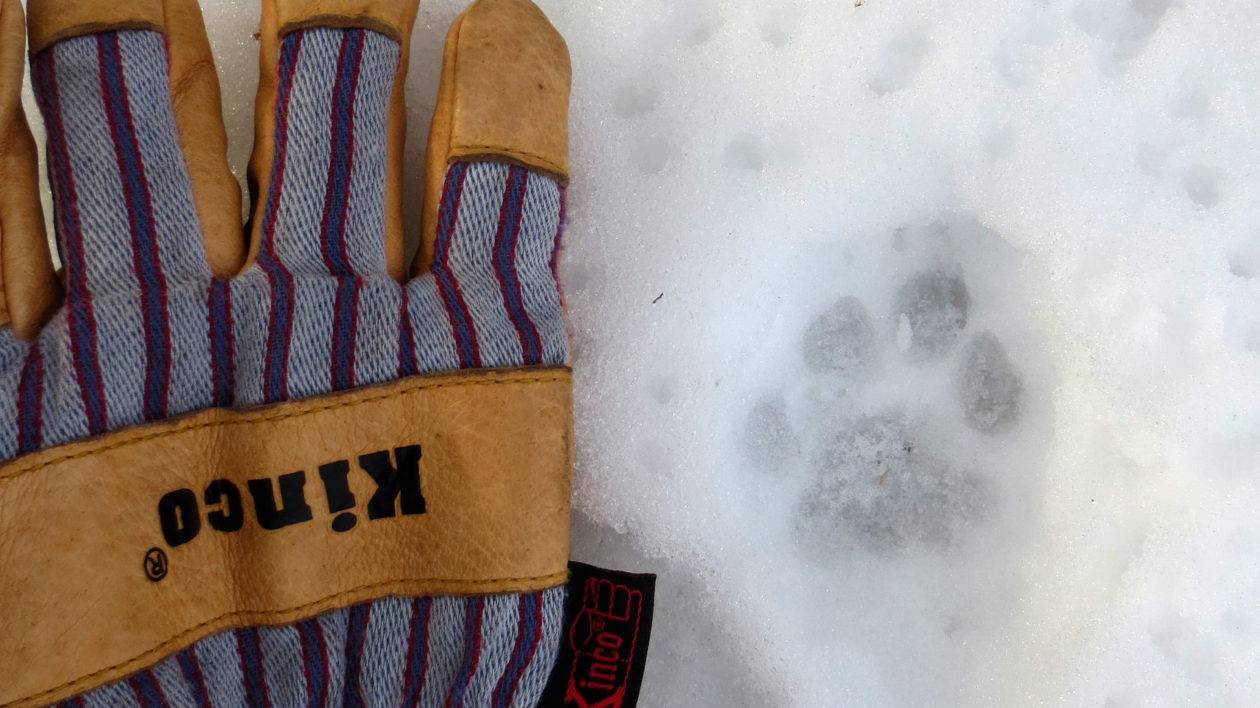
A Threat to Pets?
Whenever predators show up, people worry about these larger animals eating their pets. In the case of bobcats, this is not a realistic fear. Researchers looking at bobcat diets in the Santa Monica Mountains of Southern California failed to find any examples where bobcats ate domestic pets, despite the close proximity of the wild cats to many pet-owning households. Bobcats eat a lot of rodents; they do not want to tangle with something that can claw back.
As is so often the case, many people blame predators when their pet goes missing, even though their cat or dog was more likely hit by a car. There’s also a really simple way to avoid any potential predation: keep your pet indoors or under your supervision.
Bobcat attacks on humans are exceedingly rare, and almost always a result of the animal being rabid.
On the flip side, our backyards do pose a significant danger to bobcats. Bobcats in the Santa Monica Mountains experienced a population crash from 2001 to 2006 due to a form of mange. They contracted the mange due to suppressed immune systems, which was caused by ingesting rats and mice killed by poisons.
These rodent poisons can also impact birds of prey and other wildlife, so please find other forms of pest control.
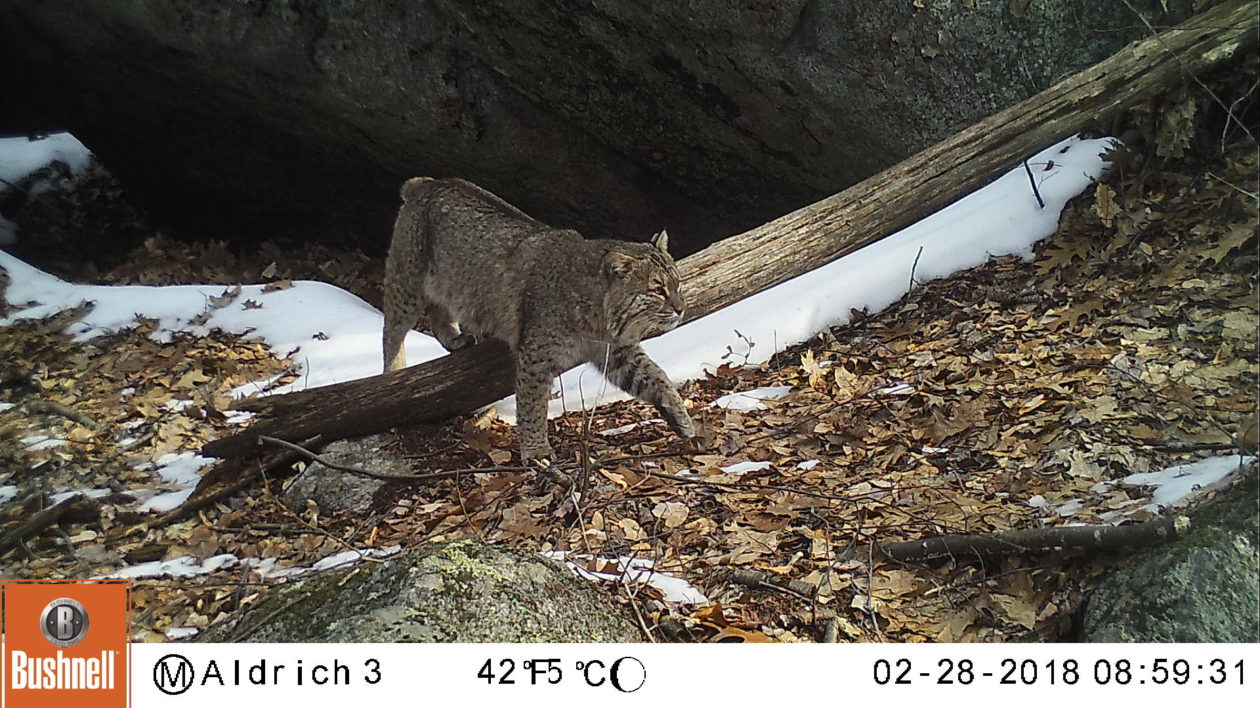
Observing Your Local Bobcats
Many wildlife agencies and researchers ask people to report bobcat sightings, so they can gain a better understanding of urban predators. A lot of the information about Dallas’s bobcats, for instance, comes from information supplied by citizen scientists.
Of course, you first have to identify the bobcat. Fortunately, these animals are pretty distinctive. They are twice the size of a house cat and have noticeably longer legs. The tufts on their ear and short tail are also diagnostic.
They are often more commonly mistaken for mountain lions, which share their range. Again, the short tail will give you the correct ID; mountain lions are not only significantly larger but have much longer tails. (Check out my guide to mammal misidentification for more details).
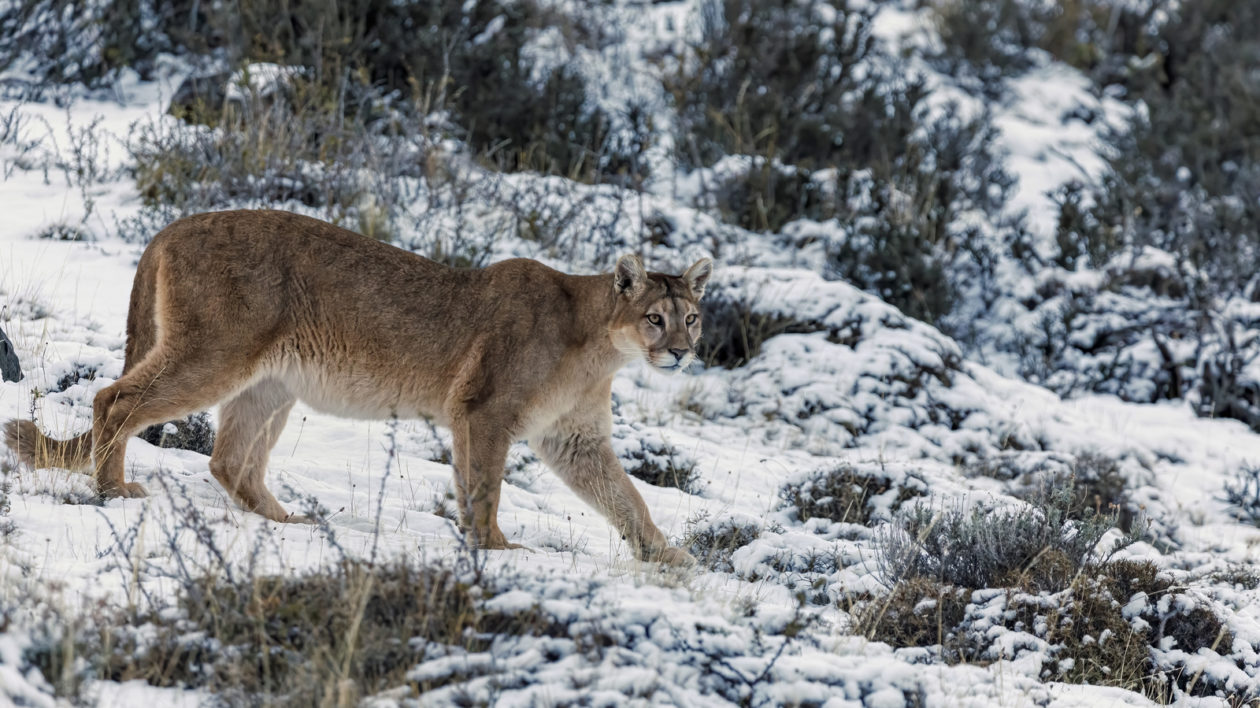
Lynx look very similar to bobcats, and a recent study found that even experienced wildlife biologists make identification errors between these two species when looking at trail camera photos. However, for the backyard naturalist, it’s pretty easy: lynx are a wilderness species. I have had acquaintances tell me they’ve seen lynx in Idaho, but biologists struggle to turn up any sign. (There hasn’t been one verified in the Greater Yellowstone Ecosystem in a decade, despite lots of surveys). Heed my top rule of wildlife identification: If in doubt, it’s the least exciting option.
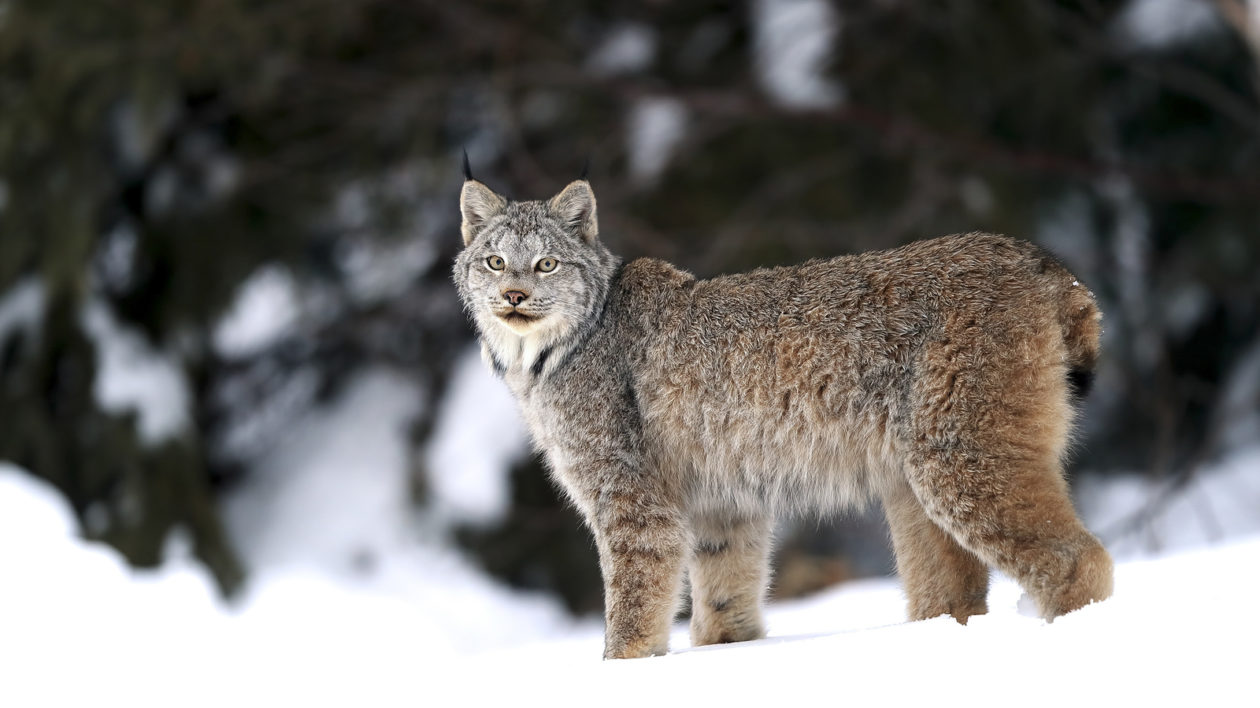
Trail cameras offer another way to get a glimpse of bobcats. My Nature Conservancy colleague Eric Aldrich has been photographing them with researcher Dallas Huggins in New Hampshire for years. Eric began by staking out carcasses with trail cameras, but eventually decided that learning wildlife habits was more satisfying.
While a few decades ago bobcats were an unusual sighting in New Hampshire, they’re now found in all the state’s counties. Eric’s Hancock Wildlife Cam offers stunning images of the cats, and has also shed new insights on their lives and habits. “It’s like earning a degree in the woods from professor Lynx rufus,” writes Aldrich.
Any backyard nature enthusiast should welcome the presence of bobcats. Unlike many animals that become urban neighbors, bobcats don’t require you to change your habits (other than not put out poison). The bobcat secretly goes about its ways, remaining as wild as it was in the deepest forest. If you’re watchful, you may be lucky enough to catch a glimpse of this elusive predator, living in our shadows.
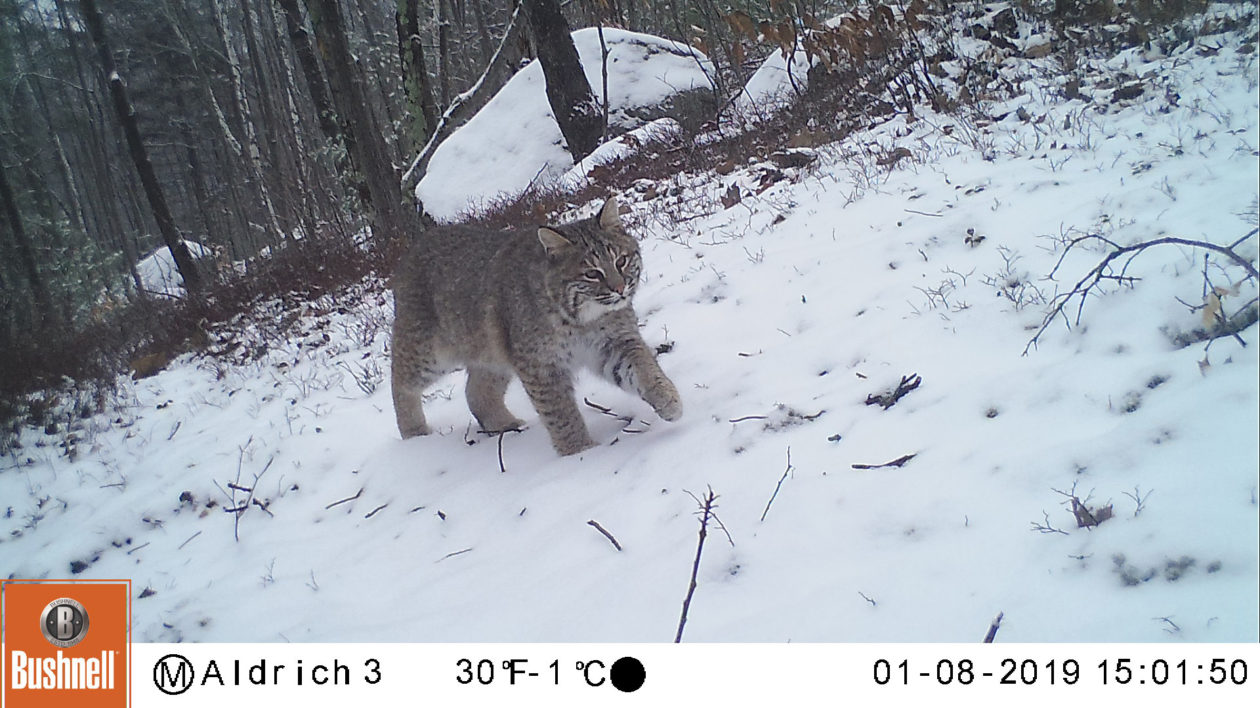




I’m hearing loud purr type sound and a loud hiss now and the from a tree behind our house. There is a big nest type thing in tree. We live at the base of a mountain.
Do you think it could be a bobcat? This transpired after a huge fire in our area.
Cheers!
Hi Melissa,
Thanks for your question. It sounds like it could be a bobcat, although it’s difficult to know for sure. A number of creatures could make a sound that sounds like a purr and a hiss. I would search for wildlife recordings of bobcats, feral cats, red foxes and other likely candidates. You will likely be able to narrow it down and identify the animal, and, if nothing else, it’s entertaining to listen to wild animal sounds!
I have one in my yard now .. and predictably active 2-4 in the afternoon. She is not elusive at all, but in good health. I feel so blessed and like she knows my yard is a safe haven. I also have a ton of squirrels and voles and mice and quails so no wonder and adjacent to a small uninhabited creek zone in a quieter town 15 miles from the Golden Gate bridge. Lots of open space around. It was my neighbors chickens that attracted her. She does not seem to be active or come around at night. (that’s when the skunk and raccoons are on their walkabout) I’ve been wondering where she goes at night. Sooooo pretty. very grey and black and white with a little brown on her hind legs. I can send a photo if you like. Thanks for this great post and your clear love for our sentients. I LOVE all the animals and cherish providing a haven for them to find sanctuary in.
I love reading your articles. Thank you so much!
I was born approximately 25 miles north of Atlanta in 1974
I remember when I was a kid we didn’t have central AC so at night we slept with our windows open and attic fan on , but we heard a bobcat being vocal on regular basis. actually seeing one a total of 3 or 4 times in my childhood while in the truck with my daddy.
Today I live 4 or 5 miles from where I grew up and I haven’t heard anyone talk of Bobcats in my area or even heard a bobcat in at least a decade +
Well about a year or two ago I told my daughter when she and I were outside one night enjoying the night air ” wow that was a bobcat I know that sound”
After that night I heard one again a few times over the next several months.
Suddenly in the last three to 4 months a nearby neighbor in adjoining subdivision from mine has got one on his trail camera in his backyard several times.
Wow! Just never know about nature. I love how nature and wildlife can be unpredictable sometimes.
Once many years ago when I worked for the Forest Service in Vernal, Utah we were on our way back to the Ranger Station…when we saw not one but 7 bobcats…a mother and her six young “kitties”…of course
no one believed us when we returned…but I saw them!
We kept losing chickens although we were nearby. One day last year, I sat with them while I let them wander close to roosting time, and a bobcat came up right next to me, grabbed a chicken while giving me a good look in the eye! Now the chickens do not roam. Sadly for them. We have a long list of predators but, until that day, I hadn’t considered the bobcat.
The panic over house pets becoming dinner for our remaining wildlife is totally unfounded. Leashed dogs and indoor cats are safe from healthy wildlife. Its as simple as that. Bobcats have recently been photographed in two towns, less than 10 miles from here – and as your article pointed out- they are not looking for our pets. Indeed, the wildlife needs protection from our trash, our poisons and inattentive drivers; not the other way around. My home is well within their hunting/roaming territory. My only concern is that I may never get to see them.
Thank you, Matthew, for your wisdom and bravery! We have taught this for years in the Dallas area, and people locally are learning, but the media still plays them up to be villains, and our single, experienced scientific (albeit, biased) voice can not possibly be louder than ignorance on the television.
This article is beautifully written and factual. There are VERY few pets killed by bobcats. Dogs kill 250,000 pets a year. Add wildlife to that and the numbers are staggering. There is NO scientific proof that bobcats breed with domestic cats. Their breeding schedules are completely different. They have ONE litter a year, not one every four months, so being overrun by them or becoming pests is unlikely. Much like coyotes, the litters are smaller in lean years and larger in bountiful years.
As urban animals, residents ought to welcome them with open arms. There has never in history been an unprovoked attack on a human by a healthy bobcat. They control populations of rabbits, rats, mice, snakes, roaches and MANY other pests. With the increase of rabbits in our cities, due to the increase in manicured lawns, bobcats have found an ample food source that needs to be controlled. They are a gentle, highly intelligent species that deserves our respect. Bobcats moved into our cities starting about 20 years ago when watershed planning changed drastically. Watersheds bring humans. Humans plant grass. Grass draws bunnies. Do the math. They are not being run out of their “natural homes”. We have created a trifecta of perfect living environments for them. Large decks make perfect dens. High privacy fences keep them safe. Pools, ponds, sprinklers and watersheds provide potable water. 95% of all urban bobcats live withing 5 miles of a watershed. WE HAVE INVITED THEM HERE. Yet, sadly, the old misguided fears exist.
I have worked with wildlife for over 20 years, and run the largest bobcat rescue in the country. The most dangerous animal we work with, by far, are raccoons.
In Texas, where we are located, they remain unprotected. It is heartbreaking. Hundreds of innocent bobcats are killed every year and no one says a word. It is a fight we cannot win alone. People need to speak up and demand that these precious animals be protected from base ignorance. Most professionals who deal with bobcats fear going against the grain. I applaud your courage for getting the truth out. Until a few years ago, it would’ve been career suicide to disagree with the “known” science. Today, we now know how much we don’t know.
If you see a bobcat, thank your lucky stars that they have found your yard worthy of their presence. Enjoy them! They will move on. But while they are there, let them teach you, as THEY are the best teachers. “But now, ask the animals, for they will teach you” Job 12:7
Wow! Thank you for sharing your important knowledge. very informative and helpful no doubt. Thank you for your dedication and hard work and last but not least your passion for this beautiful creature that we are lucky to have here on Earth with us. And every night when I say my prayers I always include in my prayers may peace and freedom from mean humans come to all animals.
Thanks for the wonderful story.
Very interesting.
I live in a suburb of Dallas and we see Bobcats in our neighborhood several times a week. They never try to approach us. They always run from us. We just have to not let our little dogs out by themselves.
I saw a bobcat cross my back patio at a fairly good pace, stubby tail straight up, at about 10am Saturday morning. It likely climbed/ jumped my 4’ chain link fence at the alley, trotted through my back parking area and through an open pedestrian gate to my pool patio. I knew it had 8’ wood fences in its path with only 1 low pedestrian gate at the front of my property so I ran to a window with a vantage point. Sure enough it hopped the 3’ gate, trotted across my front lawn and headed up my neighbor’s driveway across the street. Curiously I have seen rabbits and house cats on the same trail many times. I would bet this was not the bobcats first run through my yard as it took a path of least resistance as if familiar. I live next to an Atmos easement along Eastern Rd near Inwood and Forest Ln in north Dallas.
Great piece! Thanks Matt! Love bobcats.
I live in NE Los Angeles in a community called Eagle Rock. We have a resident bobcat fro many years and apparently it is mated as this winter is the first we spotted kits. We are 6 miles from downtown! We do back up to the Obama Fwy (134) and to a ridge going down to a populated canyon – Chevy Chase. We love seeing them, years ago my daughter came home and breathlessly told me she had seen a tiger. Neighborhood groups accuse me of photoshopping! Hahah, they are real folks and quite beautiful.
Thank you for this article. I was guilty of many of these misconceptions. I do agree with you, we need to stop using poisons in our environments. It’s killing too many of our animals.
Wow, 47 states! Hoping to capture one on my trail cam in the Rogue/Siskiyou Nat’l Forest, where we’re lucky enough to be renting a cabin.